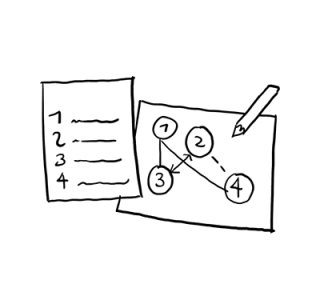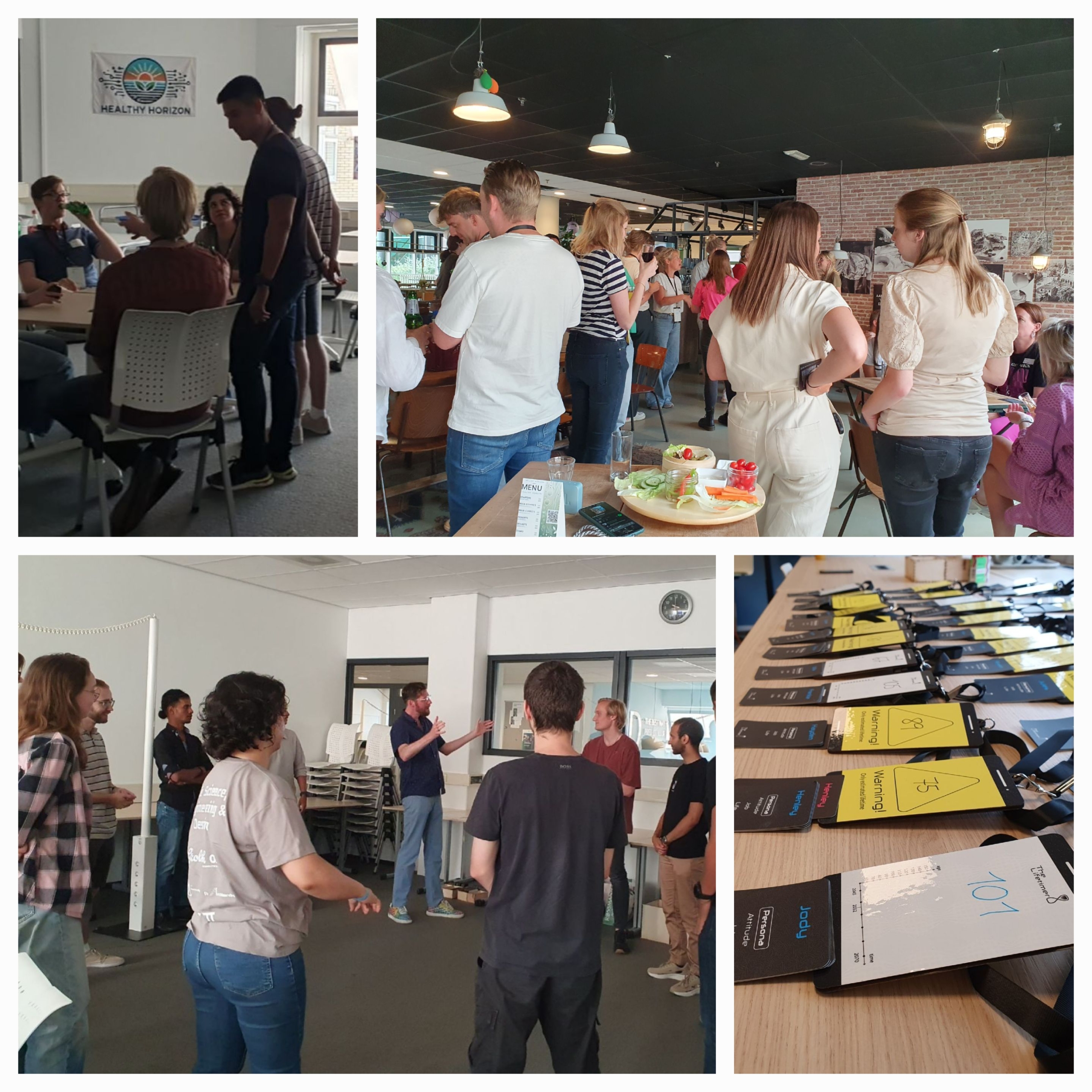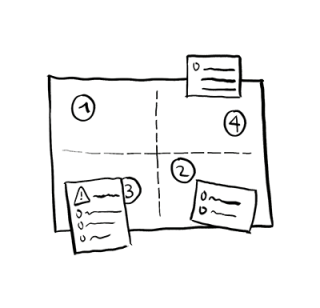edu-larp
features:
| time | difficulty | people |
 |  | |
| 3 hours | advanced | 5-50 people |
intro:
In the edu-larp (educational Live-Action Role Play) The Lifetimer participants play a user or non-user of a fictive health technology that predicts exactly how long someone will live. During the roleplay, the characters experience shifting norms, unequal access, and moral dilemmas. Through this experience, participants learn how technology influences society and how to shape innovation responsibly. While designed for educational contexts, The Lifetimer can also be played in professional settings focused on responsible innovation and ethics.
Impression of The Lifetimer: https://video.saxion.nl/media/t/1_d7hbynv
steps:
 Preparation1
Preparation1- All material can be downloaded and printed in advance. No preparation is needed from the participants.
- The facilitators (ideally a team of two) guide the experience. One person can focus on practical aspects (introducing the setting, timing, and moderating the reflection), while another leads the theatrical and improvisational elements (warm-up, scene transitions, role immersion). Facilitators also have NPC (non-playing character) roles in the edu-larp.
- Ideally, 3 rooms are available, one for the introduction/reflection (off-game room) and two for the scenes. It also helps if there are some drinks/snacks available for in-game.
 Roleplay2
Roleplay2- The Lifetimer simulates 25 years of technological development in a single session. Participants explore personal, social, and political consequences of the lifetimer app through a series of time-jumps: the early introduction of the technology (scene 1), its widespread adoption (scene 2), and societal polarization (scene 3).
- Players embody users or non-users of the technology. They experience differing impacts—some benefit from health monitoring, others face discrimination or anxiety due to predictive data and increasing societal pressure. The last scene culminates in a national referendum forcing players to take a position ‘for’ or ‘against’ the technology based on their character’s experience.
- The complete edu-larp session consists of three parts: 1) an introduction of the method and to the case, and character-building workshops via improvisational exercises (45 min.), 2) the actual edu-larp experience in which participants play their character (90 min.), and 3) a reflection to discuss the experiences and to link them to the participants own professional context (45 min.).

 Reflection3
Reflection3- A structured reflection session follows the roleplay. Participants step out of character and analyze their experiences, focusing on how the fictional scenario mirrors real-world challenges in technological innovation. Discussion prompts address stakeholder dynamics, value tensions, societal consequences, and the responsibilities of engineers and designers in shaping emerging technologies.
- Students are encouraged to connect their experiences to theories of ethics, responsible innovation, and philosophy of technology. This helps embed abstract concepts into personal, emotionally grounded experiences, supporting long-term ethical awareness in engineering and design practice.


